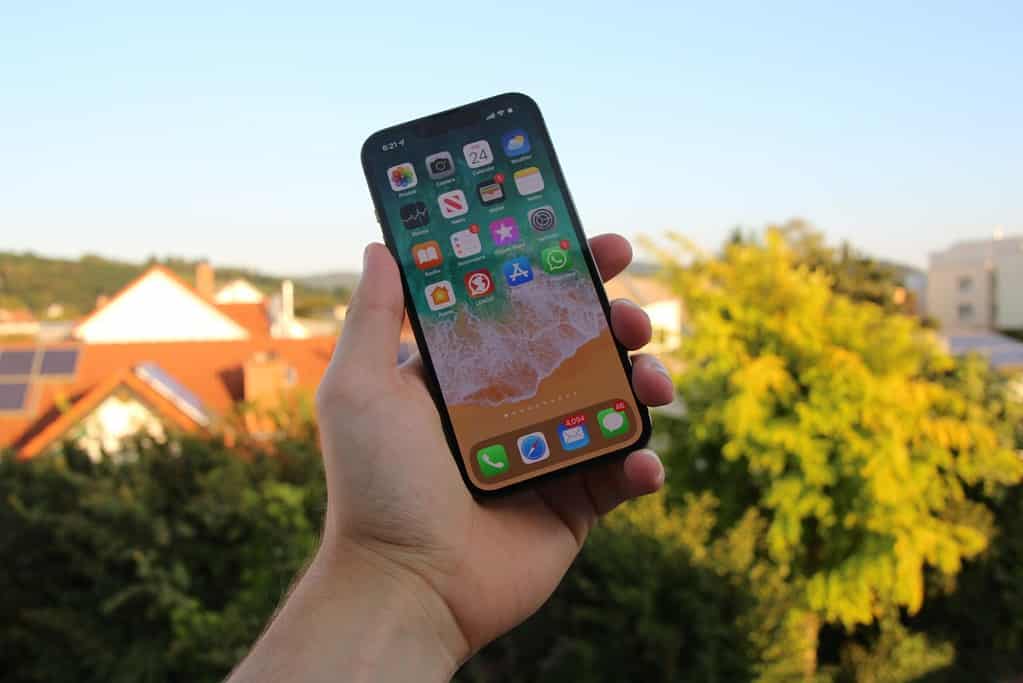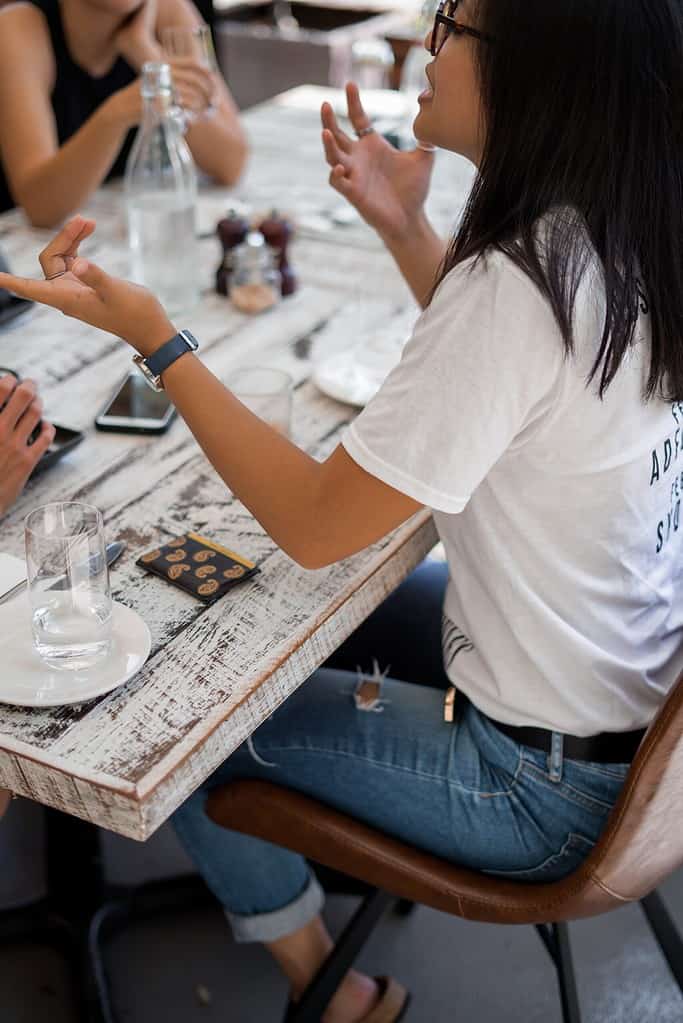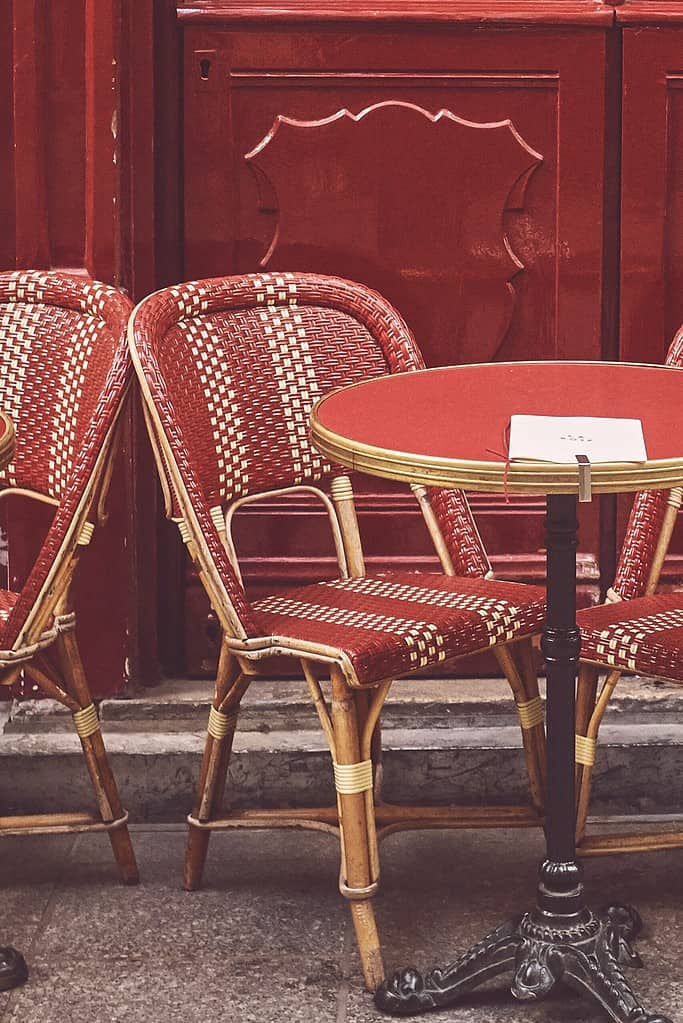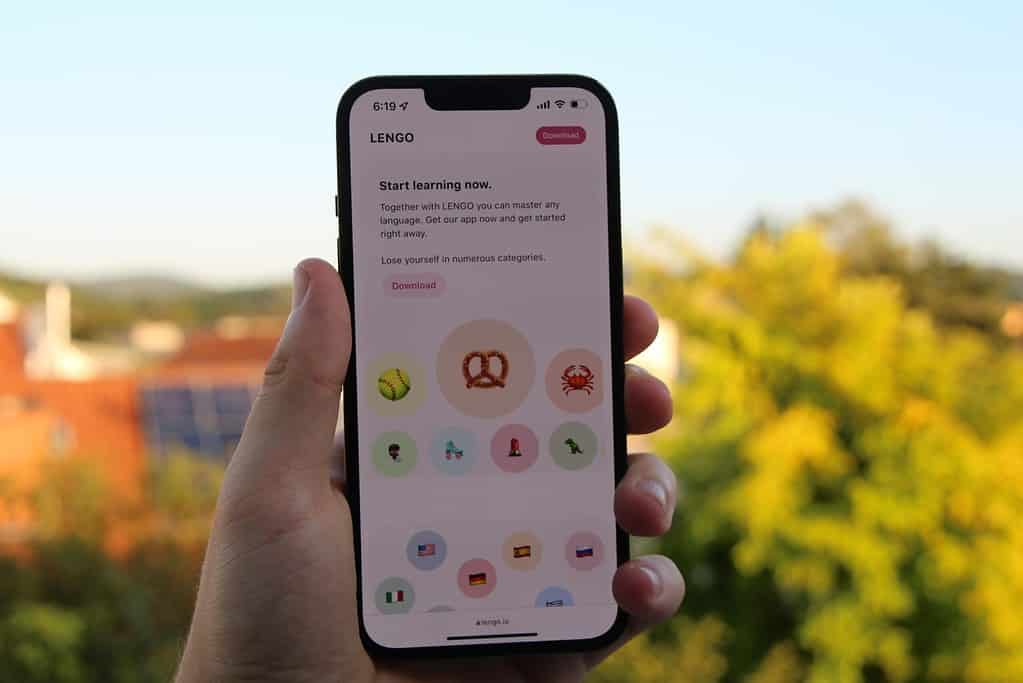French greetings are not merely routine phrases thrown into conversation—they are cultural rituals that carry centuries of etiquette, warmth, and sometimes cheeky humor. Whether you’re chatting with a friend, entering a stylish Parisian café, or engaging in a formal business meeting, knowing how to greet and say farewell in French can instantly elevate your conversational game. For interactive, one-on-one conversation practice, consider taking a look at swaplang to connect with native speakers.
The Importance of Greetings in French Culture
In France, greetings are the first chords of a conversation, setting the tone for everything that follows. A simple “Bonjour” isn’t just a hello—it’s a cultural symbol of politeness, respect, and mutual acknowledgment. Historically, French society has placed a significant emphasis on formality and the art of conversation. The way you greet someone can hint at the relationship you share and your social standing. Observing and mimicking native greetings helps you navigate the nuanced layers of French society. For instance, insights from Lingvist on French greetings reveal that each salutation carries subtle cues guiding conversational dynamics. Embracing these nuances not only helps you be understood but also enriches your understanding of French culture itself.
Formal vs. Informal Greetings
Understanding when to use a formal or an informal greeting is crucial in French, where the T–V distinction plays a pivotal role. The difference between using “vous” and “tu” is more than grammatical—it’s a reflection of respect, social distance, and familiarity. Formal greetings like “Bonjour, comment allez-vous?” or even a refined “Bonsoir” in the evening are appropriate in professional settings or when meeting someone for the first time. In contrast, greetings like “Salut” or an enthusiastic “Coucou” hint at warmth, informality, and a closer bond. This distinction is so significant that you might find articles like this Wikipedia entry on the T–V distinction particularly enlightening. Recognizing when to relax the formalities or uphold them is key to sounding natural and respectful in your everyday French dialogue.
Common French Farewells
Just as greetings vary in formality, so do farewells. In French culture, bidding adieu is an art form where goodbyes can range from the casual “Salut” to the more solemn “Adieu” when parting for the last time. The commonly used “Au revoir” gracefully concludes a wide array of interactions, no matter if they’re intimate or business-related. According to tips shared by experts on Voyagelinguist French, choosing the right parting phrase can convey everything from affection to respect. Additionally, in certain regional contexts or close-knit circles, you might even hear playful variations that infuse personality into the farewell. These variations add a layer of authenticity to your conversations, making your exchanges not only polite but memorable.

Cultural Contexts for Different Salutations
The diverse social settings you encounter as a French speaker make understanding context crucial. In Paris, a brisk “Bonjour” might be exchanged amidst bustling city life, whereas in a quaint provincial town, a warm, lingering greeting with a light handshake or kiss on the cheek can be expected. Salutations in French culture are deeply intertwined with social norms—what works for a friendly chat in a neighborhood café may not be appropriate in a high-powered business meeting. Research on fresh ways to say hello in French highlights that the environment, relationship, and even the time of day can influence which greeting to use. Appreciating this spectrum of greetings allows you to seamlessly transition between formal and informal settings while remaining culturally apropos. Remember, every greeting is a small performance, and your delivery is key to connecting authentically with French speakers.
Practical Tips for Mastering French Greetings
Mastering French greetings is about practice, awareness, and a touch of daring experimentation. Start by immersing yourself in real conversations; nothing beats interacting directly with native speakers to pick up subtle intonations and appropriate gestures. Platforms like swaplang offer one-on-one private video sessions with native speakers—an ideal environment to learn when to use “Salut” or “Bonsoir.” Alongside practice, study contextual cues: observe French films, listen to French music, and follow French news outlets to tune your ear to the proper greetings in varying contexts. For further inspiration on blending greetings seamlessly into conversation, you might enjoy exploring tips for mastering French conversation, which provides practical advice on bridging the gap between textbook French and living dialogue. Lastly, maintain a playful curiosity: don’t be afraid to make mistakes and learn from them. Each mispronounced word or awkward farewell is a step toward more natural, confident speech.
Enhancing your French greetings not only improves your language skills but also deepens your connection to French culture. Ready to put your new greetings into action? Sign up for a free trial at swaplang and begin your journey to speaking French faster with private conversations that boost your confidence and authenticity. Vive la conversation!

















